Overview
The Jumolhari Trek is a nine-day trek starting in Paro at Drugyal and ending in Thimphu at Dodena. In total, it is a fourteen-day package that includes sightseeing in Paro and Thimphu. In the trek, we get the opportunity to cross two passes at Jangothang. It is a wonderful view of Jumolhari Mountain at Jangothang. The highest point of the trek is at 4115 meters. Even though it is a strenuous trek, it is popular among many because of the flora, fauna, and natural beauty that we get the opportunity to encounter.
The Jumolhari Round Trek begins at Drukgyal at a height of 2580 meters, not before a two day sightseeing of Paro and its surrounding bounties of historical value. Then, we hike to places Like Shana along the Paro River, Thangthangka where we pass through heavily forested areas of fantastic flora and fauna, Jangothang where we get the opportunity of a pretty valley, Lingshi; here we get through our first high altitude pass and see some wonderful glaciers. Then it’s Shodu where we get the opportunity of getting a firsthand wonderful and unabridged sight of Mount. Jumolhari, Tserim Kang and Masagang from one vantage point. Then it is onto Barshong where it is the treat of a juniper, alphine and rhododendron forest with glimpses of a few waterfalls and Dolamkencho. The hike finally ends at Dodena after which it is a day or so at Thimphu where you get a taste of the Capital first hand and a number of excursions to make the Jumolhari Round Trek a memorable experience to go down in your book of wonderful trekking experiences.
Itinerary
You are met at the airport by one of our representatives and taken to the hotel. After lunch, we take a visit to Rimpung Dzong in Paro which was built in 1646. We then visit an ancient watch tower, Ta Dzong that was built in 1967 and now houses the National Museum of Bhutan.
Today we take an excursion to the Tiger’s Nest, known locally as Taktsang Monastery, and then drive to the ruins of Drukgyel Dzong that was built by Shabdrung Ngawang Namyal.
(Altitude: 2850m; Distance: 17Km; Time: approximately 7–8 hours (ascent 360m & descent 80m))
We drive to Drukgyal Dzong, from where we start the hike at 2580m, following the Paro River till we reach Shana, where we camp for the night.
(Distance: 22 kilometers; time: 7 to 8 hours; elevation gain: 770 meters; descent: 10 meters)
We begin the trek by following the river, passing through a heavily forested area and some far-flung farm houses. We get to a junction pass where one continues onto Tibet and another on our trail in Bhutan. We take the latter. We finally camp in Thangthangka in a stone shelter for the night.
(Distance: 19 km; Time: 5 to 6 hours; Elevation: 480m)
We begin our trek by first passing an army post, and then the path gradually leaves the forest and begins to climb into a pretty valley. Here we pass a number of winter abodes of the herdsmen who tend to yaks in this part of the world. After some time, we arrive at our destination for the night, Jangothang.
We get to rest to get acclimatized to the high altitude we are at. We have the opportunity to take in the beautiful surrounding view and also have three other options. One is that we can hike to Jumolhari Glacier. It is a round trip of four and a half hours. Two, take a hike to Jichu Drake Glacier. It is a round trip of three hours. Or, climb the small mountain peak between Jumolhari and Jichu Drake. It is at a height of 5200m and should take 8 hours back and forth.
(Distance: 18km; Time: 6–7 hours; Elevation: 840m & 870m)
We begin our trek by following a stream and then crossing a bridge. We then continue climbing along a ridge with astonishing views of Jumolhari, JichuDrakey, and Tsrim Ghang. Finally, we pass through Nyeley La Pass at 4700m. Then it’s a slow descent to Lingshi Camp, where we get beautiful views of the surrounding peaks. We halt here for the night.
(Distance: 22 km; Time: 8 to 9 hours; Elevation: 940m & 920m)
Today’s trek takes us to Yalila Pass at 4930m, from where, if it is a clear day, we get astonishing views of Mount. Jumolhari, Tserim Kang, and Masagang from one vantage point. We continue our trek till Shodu, where we stop for the night.
(Distance: 16 km; time: 5 to 6 hours; elevation gain: 250m; descent: 670m)
The day’s trek begins by following the Thimphu River by slowing going down through a forest of alpine, juniper, and rhododendron. On the walk, we get lovely views of cliff-facing rocks and waterfalls. Then the trail slowly climbs to Barshong, where we camp for the night.
(Distance: 8 km; Time: 4 hours; Ascent: 290 meters; Descent: 640 meters)
The day’s hike begins with a descent through an alpine forest and an ascent to Dolamkencho, where we camp for the night.
Distance: 8 km; Time: 4 hours; Ascent: 500 meters; Descent: 930 meters)
The trek takes us through a bamboo forest, and on arrival at Dodena, you will be picked up from the road and driven to Thimphu.
Today we begin our sightseeing in and around Thimphu. We start by visiting the National Memorial Chorten, built in honor of the late King Jigme Dorji Wangchuk. Then we visit Dupthop Lhakhang, a nunnery, after which it is a visit to the National Library, then the Painting School of traditional art, the Traditional Medicine Institute of ancient practices, The Lungtenzampa to see the Royal Silver Smiths at work, The Bhutanese Paper Factory, the Tashichho Dzong, and a visit to the Handicraft Emporium followed by souvenir shopping in Thimphu.
(Altitude: 1320m; distance: 72km; drive time: 2 hours)
Today, we drive to Punakha and, if the weather is fine, we stop to view that mountain view at the Dochula Pass. In Punakha, we visit Punakha Dzong, built by Shabdring Ngawang Namgyal.
Early in the morning, you are driven to Paro Airport for your departure flight from Bhutan.
US $3300 Per Person
Cost Includes
- All airport to hotel to airport transfers.
- All hotel stay in Paro and Thimphu.
- Local English speaking guide and porter(s).
- Staff insurances
- Use of trek pack (i.e. sleeping bag, down/fiber jacket, and duffel/kit bag)
Cost Excludes
- International airfare.
- Bhutan entry visa fee.
- Travel or trek insurance.
- Gratitude or tips (allow $3 per day per person).
The best times to trek in Bhutan are in the months of April and October. The weather is very unpredictable and the chance of a completely blue sky is very rare. You can do the low-altitude treks and other routes for other seasons as well.
Trekking in Bhutan requires you to be physically fit. It is not necessary for you to be in great shape. Any normal person without a disability can do the trek with relative ease. A trekker gains approximately 500 meters in a day. For strenuous treks like Snow Man Trek, Jumolhari, or Laya-Gasa Trek, you need to be mentally prepared besides being physically fit.
At least two of you must embark on any of the trekking expeditions in Bhutan.
No, you do not need any special equipment. All the necessary equipment for the trek is provided by the trekking company itself. Except you need to bring your personal belongings.
The following would be the things you should bring if you feel like it:
- Strong, comfortable trekking boots; water-resistant for the rainy periods, June to August
- Sunscreen cream
- Flash light
- Raincoat (especially during rainy seasons, from June to August)
- Head gear/hat/cap
- Sun and rain protection
- (During the trek, boiled water is available at all times)
- In case of altitude sickness, take aspirin
- Lots of socks
- Warm clothes
Personal
- Strong normal clothing (seasonally appropriate)
- Cotton is preferred for summer, with woolen clothing for evenings and winter
- Strong, comfortable trekking boots, water resistant for the rainy periods (June to August)
Yes, it is absolutely safe as your security and personal protection are taken care of by the trekking agency, which is licensed by the Government of Bhutan. No, personal trekking or visits to the country are allowed without a package being booked by one. So, once you have paid for your package, you are a protected person within the country from any bodily harm. You have a local with you at all times.
It is requested that you get yourself insured for trekking in Bhutan. The insurance should cover medical treatment, theft and rescue—helicopter rescue operation:
There are no helicopters available in Bhutan. As such, immediate rescue by helicopter is not possible as there will be so many formalities involved in bringing a helicopter from India. While you are trekking in Bhutan, if you happen to fall sick, the guide will relay the message to us and we will act appropriately.
Except for Indians, Bangladeshis, and Maldivians, all other nationalities require a visa to enter Bhutan.
All visas are issued from Thimphu, and visas are only issued to tourists booked with a licensed local tour operator directly or through a foreign travel agent. Visas are issued only when you arrive in the country, either at Paro Airport or (if by road) at Phuentsholing, Gelephu, or Samdrup Jongkhar.
To enable us to process your visa on time on your behalf and get the visa clearance for you, your visa application must reach us at least 60 days before the date of your travel. The immigration department will then issue a visa authorization letter to enable you to board the Druk Air flight to Bhutan. The actual visa will be stamped on your passport when you arrive at the four entry points.
The visa fee is $40 USD.
For your booking to be processed, we will require a non-refundable deposit of $300, which can be made by bank transfer or online payment. The balance of payment should be made a week before your arrival. Booking should be made sixty days in advance for your visa to be approved by the immigration authorities of Bhutan.
The following information is needed to process your trekking package and visa to the country:
- Name exactly as it appears on the passport
- Passport number
- Expiry date
- Place of issue
- Nationality
- Date of birth
- Occupation
- Emergency contact names and phone numbers
- Photocopy of a passport
- Details regarding any medical or dietary requirements
- Your arrival details (time, date, flight number, and airline)
The above information can be sent electronically via email attachment.
You will typically walk 4 to 9 miles (5 to 8 hours) every day. Some days may be rest days for impromptu exploration. In high and steep areas, you may move more slowly. You will carry only a light pack. All the rest are carried by donkeys, mules, and yaks.
Altitude sickness, often known as Acute Mountain Sickness (AMS), is a particularly important medical consideration while trekking in Bhutan. Altitude sickness means the effect of altitude on those who ascend too rapidly to elevations above 3000 meters. The initial symptoms of AMS are as follows:
- Nausea
- Vomiting
- Loss of appetite
- Insomnia or sleeplessness
- Persistent headaches
- Dizziness
- Light-headedness
- Confusion
- Disorientation
- Drunken gait
- Weakness
- Fatigue
- Lassitude
- Heavy legs
- Slight swelling of hands and face
- Breathlessness and breathing irregularly
- Reduced urine output
These symptoms are to be taken very seriously. In the event of the appearance of any of the above symptoms, any further ascent should be reconsidered; otherwise more serious problems can occur, which can cause death, sometimes within a few hours. The only cure for altitude sickness is to descend to a lower elevation immediately. Acclimatization by ascending to no more than 300 to 500 meters per day above 3000 meters and proper rest are the best methods for the prevention of AMS.
You will have three meals each day, plus snacks. Breakfast usually includes a choice of toast, eggs, hot cereal, and hot beverages. Lunch may be prepared hot or served as a picnic, always with a choice of beverages. Dinner is a major meal with 5–6 main courses, usually including salad and/or soup, several vegetable dishes, and a meat dish. There will be a fruit dessert and hot beverages. We gladly cater to vegetarians. We combine elements of Western and Asian cuisines.
In a typical camping trek, each pair of trekkers will sleep in a spacious mountain tent, which is durable from rain, flies, and insects and is fully insect netted. The tent is fitted with foam mattresses.
Please have them contact at any of the following numbers:
Landlines – 977-1-4445475 or 977-1-4014609
Cells – 977-9851032108, 977-9849144717 or 977-9841250258
We frequently check our mails throughout the day, so you could write to us at: info@green-lotus-trekking.com

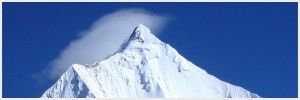
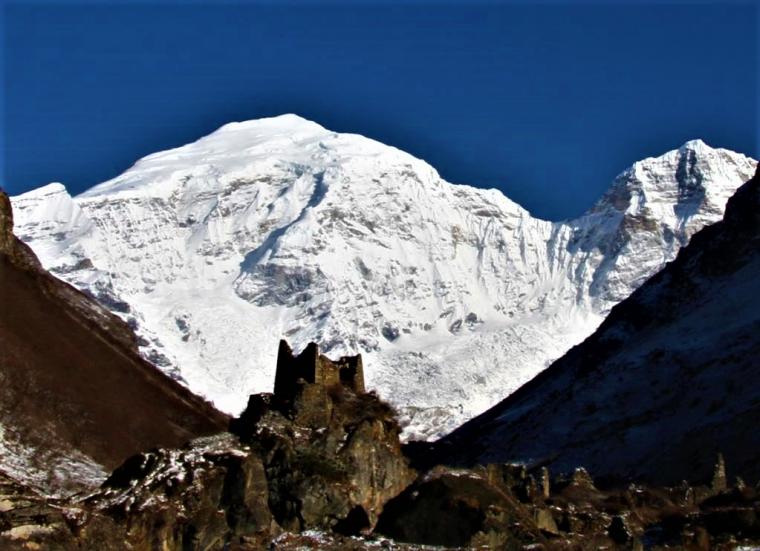
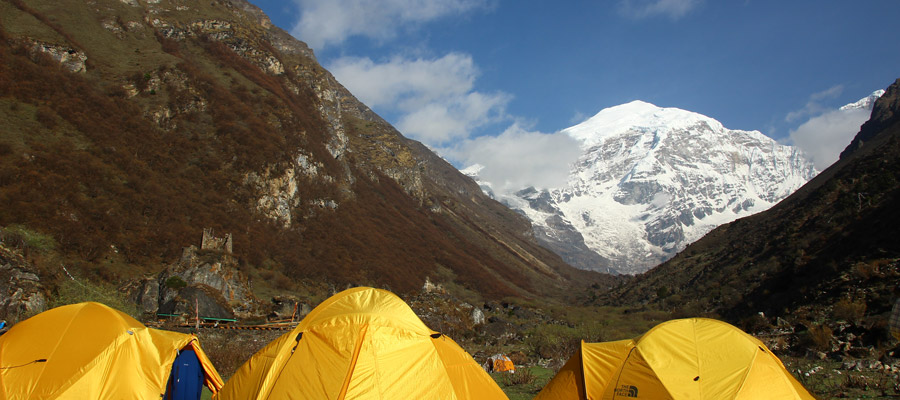
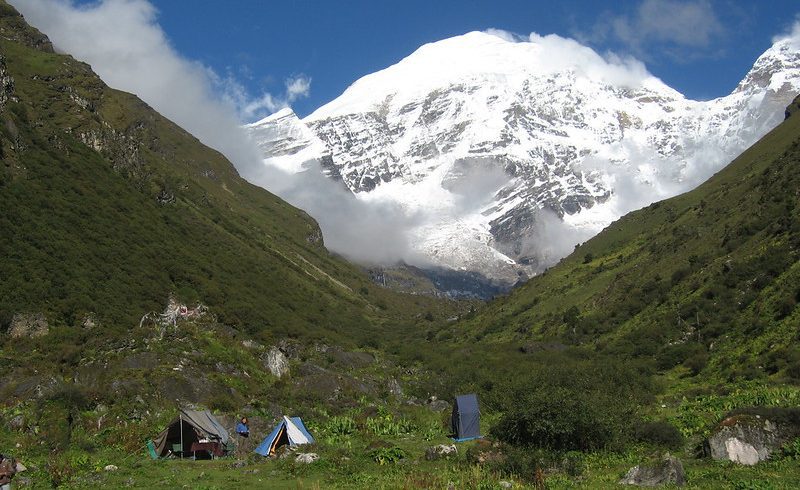

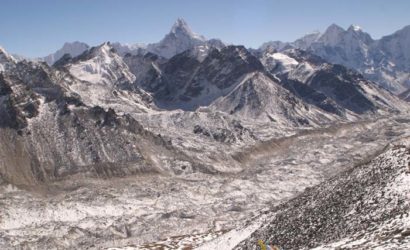
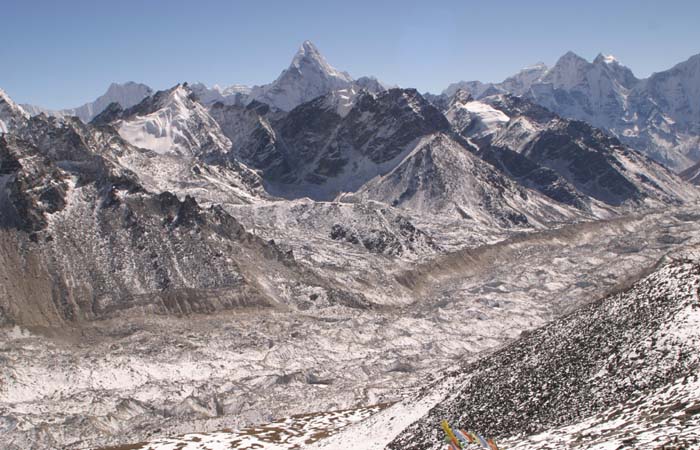
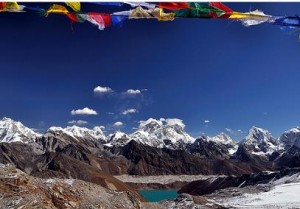
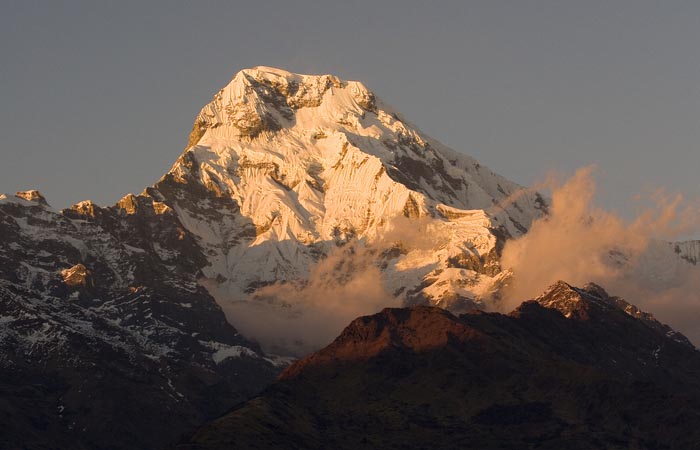
Recent Comments